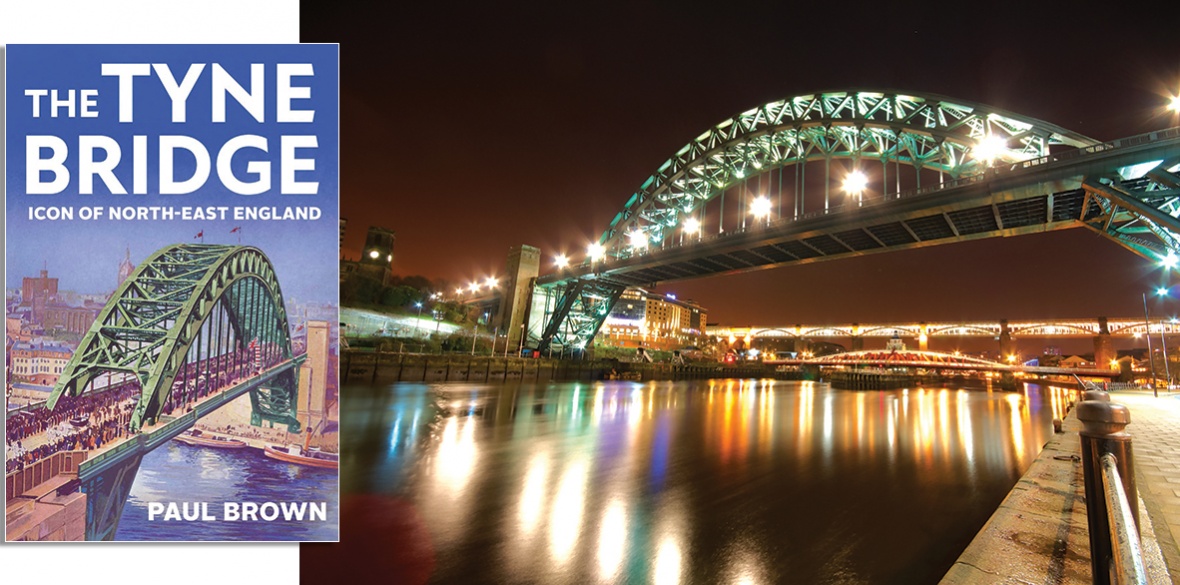This is the last article you can read this month
You can read more article this month
You can read more articles this month
Sorry your limit is up for this month
Reset on:
Please help support the Morning Star by subscribing here
The Tyne Bridge – Icon of North-East England
Paul Brown
Hurst, £12.99
Paul Brown explores the history and significance of the Tyne Bridge, arguably Tyneside’s greatest industrial achievement, and one of many attractions that draws visitors from around the world to the city of Newcastle.
Brown explains how bridges played a key role in the history and development of settlements on both sides of the Tyne, from the first bridge built two millennia ago by Romans who established forts and settlements on either side of the river, to medieval times when the Old Tyne Bridge became a bustling, albeit crammed thoroughfare for pedestrians and carriages, whilst also serving the needs of the local population who built shops, houses, and basements on or under the bridge.
The Old Tyne Bridge was destroyed by a large flood in the late 18th century. Several other bridges were subsequently built to link the city of Newcastle with the town of Gateshead, and the Tyne Bridge remains the most famous and ambitious building project to date.
The New Tyne Bridge (as it was originally known) was built during the mid to late 1920s before being officially opened by King George V in 1928 to meet the challenge of increasing traffic caused by an expanding number of pedestrians, carriages and early motor vehicles. Concurrently, in the midst of an economic downturn, this ambitious architectural project was also designed to create jobs for thousands of unemployed workers.
The 1920s themselves were a noteworthy decade in Newcastle’s history as the city’s football team won the FA cup and the world famous Newcastle Brown ale was invented, as this large industrial project was coming into being.
Brown pays tribute to the men (investors, engineers, architects) as well as a few women involved in the bridge’s design and construction. Of note, the firm responsible for designing the Tyne Bridge and the contractors involved in its construction were also involved in building the Sydney Harbour Bridge.
Brown does not forget the thousands of workers involved in the dangerous work of building the structure. Modern readers may be shocked to know that the bridge’s construction included working deep under the river in waterproof caissons, where many suffered decompression sickness upon resurfacing, or working at a height of hundreds of feet above the river where workers (locally referred to as “spidermen”) would daily scale the ever growing structure with little or no safety equipment. This extremely dangerous work is, sadly, reported to have claimed the lives of two workers.
Despite the multitude of challenges the project faced from its inception, plans were made to detonate the bridge less than two decades later were a feared German invasion of the north-east coast to materialise.
Brown explains how and why the Tyne Bridge holds a special place in the hearts of Geordies and how this cultural icon has become an emblem of the city that is recognised around the world. Despite having lived in Newcastle for several years, enjoyed its friendly culture, and crossed the bridge numerous times, I did not appreciate the monument’s true significance until reading Brown’s book.
For those who want to gain a better understanding of Tyneside’s history and culture, this book is a must.










